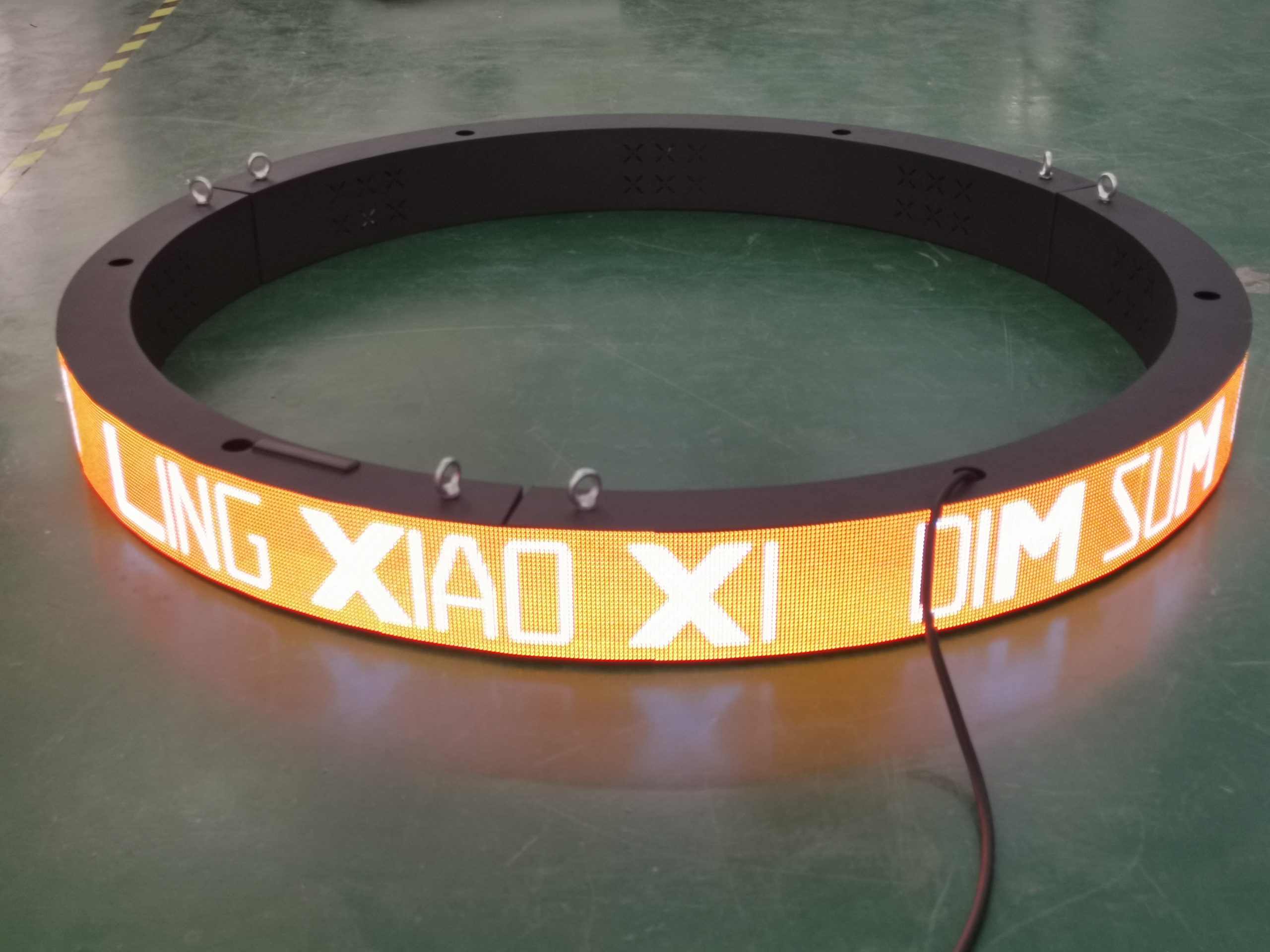Many users encounter many problems and confusion when set up LED displays. Lei Ling Display provides detailed answers to related questions:
Common faults of full color LED display screen:

1. Problems on the unit board: LED light tubes are out of control (constantly on, dimly lit, etc.), a certain column or row light tube is not lit, a certain number of columns or row light tubes are not lit, the entire unit board’s light tubes are not lit, or a part of them are lit, etc.
2. A certain part of this screen is not lit, which may be due to a problem with the data cable or a problem with a certain unit board.
3. The switch power supply of the screen is faulty.
4. Communication issues, with asynchronous communication being the most common. Mainly due to communication issues between the PC and the control card.
5. Control software issues.
Troubleshooting method for full color LED display screen:
1. Setting up the graphics card: If the graphics card is not set up properly, the full color LED display screen will not display properly, and the graphics card should be designed according to the correct method (LED display screen graphics card setting method);
2. The connection and interface firmness of the LED display system cable: DVI cable connection, network cable interface connection, LED display main control card and computer PCI slot connection, etc;
3. Detection of LED display screen power supply system: If the power supply of the screen is insufficient, it will cause flickering when displaying a high brightness white image. Firstly, the 5V power supply inside the box must be sufficient, and secondly, the entire screen distribution box must have sufficient power supply;
4. Sending card detection: Generally, when the sending card is working normally, the green light will flash regularly. If it does not flash, please restart. If it still does not flash normally after restarting, the problem may be with one of the graphics card, sending card, and DVI cable. Follow step 2 to retest;
5. The software must be set up according to the software manual, or uninstalled, reinstalled, or reset. Otherwise, the second and third steps should be completed until the sending card flashes green light, because the possible problems can be basically confirmed: one of the three problems: connecting the cable and socket, power supply system, and computer software;
6. Check if the green light on the receiving card is flashing synchronously with the sending card. If it is flashing, proceed to step 8. The red light is the power light. If it is on and turn to step 7, check if the yellow light (power protection) is on. If it is not on, check if the power supply is reversed or if the LED power supply is not output. If it is on, check if the power supply voltage is 5V. If it is turned off, remove the adapter card and ribbon cable and try again. If the problem is not resolved, it is a receiving card fault, Replace the receiving card and repeat step 6.
7. Check if the network cable is properly connected or too long (standard Category 5 network cables must be used, and Category 5 network cables without repeaters must have a maximum distance of less than 100 meters). Check if the network cable is made according to the standard. If the problem is not resolved, it is a faulty receiving card. Replace the receiving card and repeat step 6.
8. Check if the LED screen power light is on. If it is not on, go to step 7 and check if the adapter interface definition line matches the LED unit board.
I believe that the LED display screen troubleshooting explanation provided by Lei Ling above will definitely help you solve many common display screen problems and faults.
